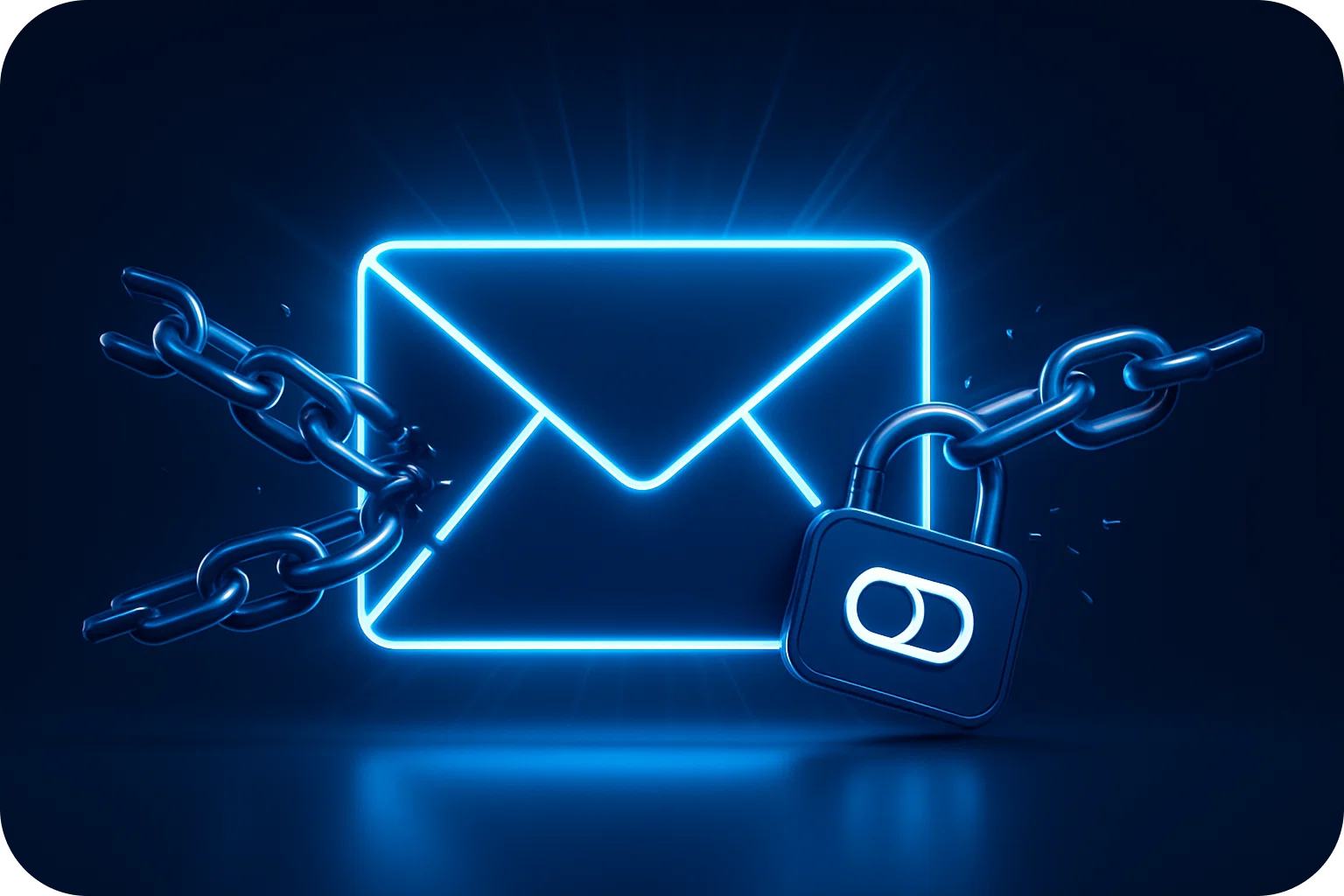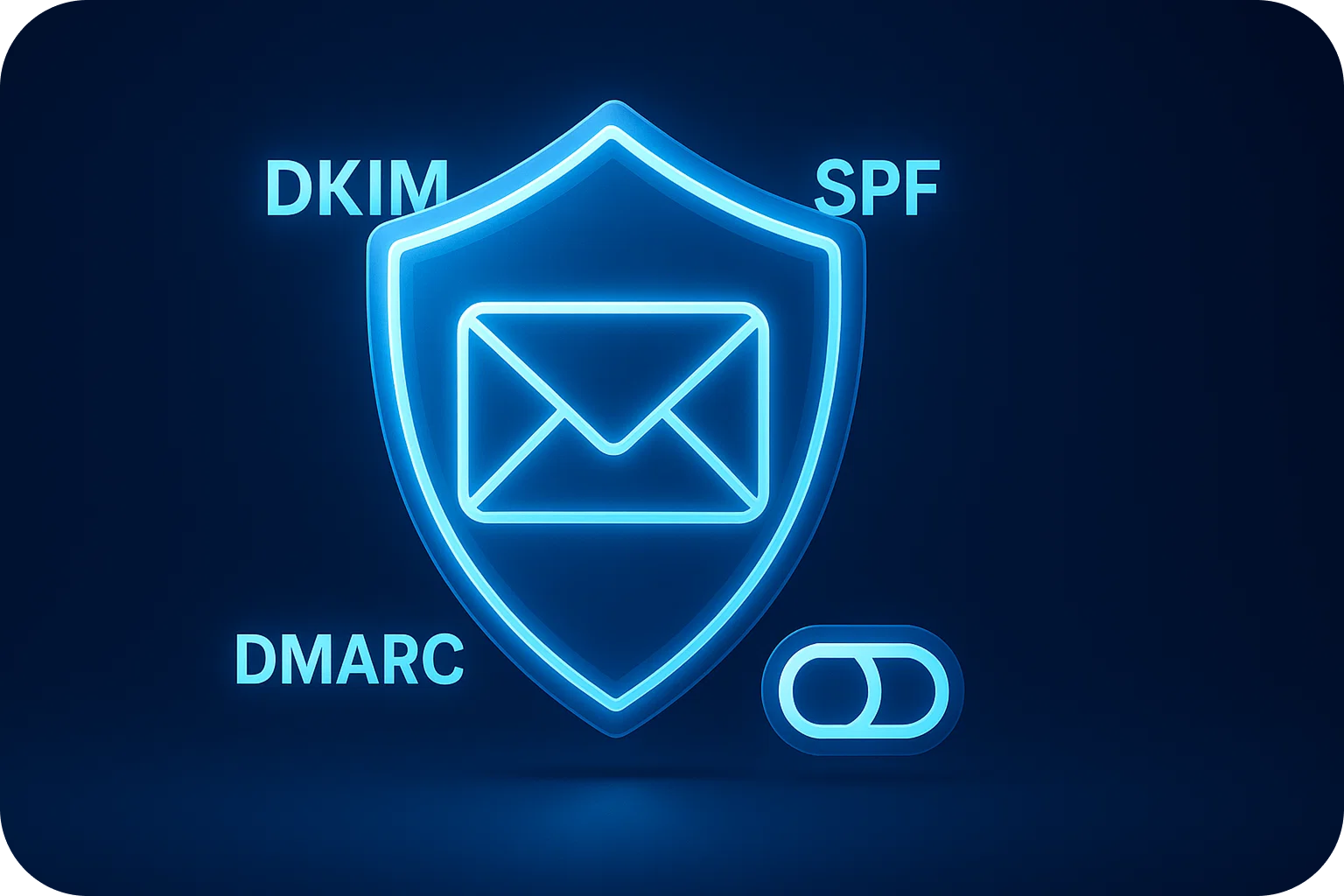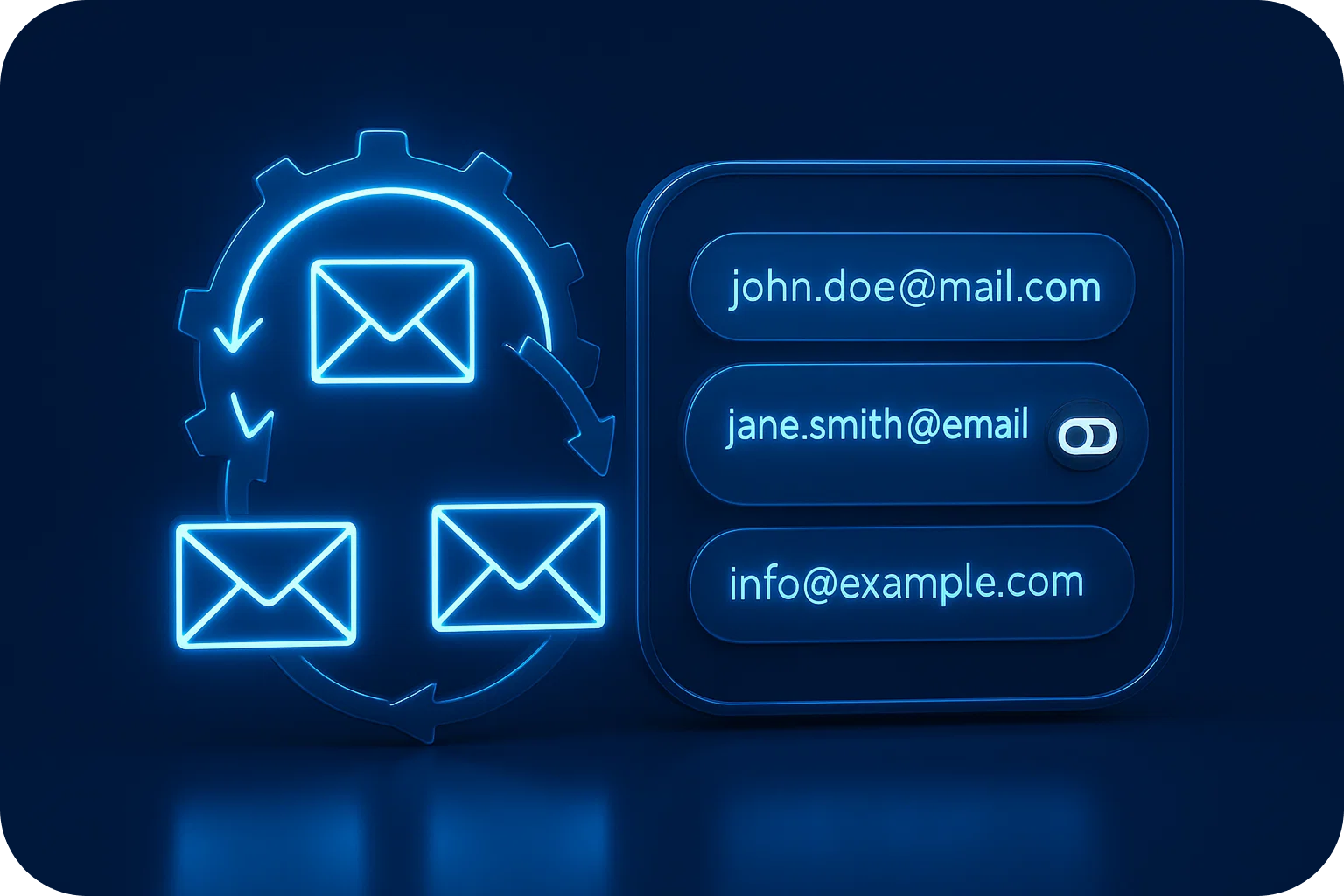Email Provider Switching: The Hidden Costs of Migration (And Why It's Worth It)
.png)
Switching email providers feels like moving houses; you know it'll be disruptive, but you're not quite sure what you're getting into until you're knee-deep in boxes. For businesses running cold email campaigns, the decision to migrate from one email service provider to another carries weight. There's downtime to consider, technical hurdles to clear, and the nagging question: is this really worth it?
The short answer? Yes. But only if you understand what you're walking into.
Let's break down the hidden costs of email provider switching, why most businesses underestimate the complexity, and how the right cold email infrastructure can turn migration from a nightmare into a strategic advantage.
The Real Cost of Staying Put
Before we dive into migration costs, let's address the elephant in the room: the cost of not switching.
If your current email service provider is dragging down your deliverability rates, burning through sender reputation, or simply can't scale with your outreach needs, you're already paying a price. Poor inbox placement means wasted campaigns, lost opportunities, and revenue left on the table.
Consider this: if your emails are landing in spam 30% of the time, you're effectively losing nearly a third of your outreach efforts. That's not just a technical problem—it's a business problem. And the longer you wait to address it, the more expensive it becomes.
Hidden Cost #1: Time and Technical Complexity
Email provider migration isn't a flip-the-switch operation. There's DNS configuration, domain authentication (SPF, DKIM, DMARC), inbox setup, and integration with your existing outreach tools. For teams without dedicated IT resources, this can mean weeks of troubleshooting and lost productivity.
The average business underestimates implementation time by 3-5x. What seems like a weekend project turns into a month-long ordeal involving multiple stakeholders, support tickets, and workflow disruptions.
The reality: Most cold email infrastructure platforms require significant technical expertise. You'll need to understand DNS records, email authentication protocols, and deliverability best practices or hire someone who does.
Hidden Cost #2: Deliverability Reset
Here's what most businesses don't realize: when you switch email providers, you're essentially starting from scratch with sender reputation.
Your new IP addresses and domains haven't established trust with email service providers like Gmail and Outlook. This means your carefully nurtured sender reputation doesn't automatically transfer. You'll need to warm up your new infrastructure, gradually increasing sending volume over 3-4 weeks to avoid triggering spam filters.
During this warm-up period, your outreach capacity is limited. If you're used to sending 10,000 emails per day, you might be restricted to just 500-1,000 initially. For businesses dependent on consistent lead flow, this temporary slowdown can impact the pipeline and revenue.
The hidden cost: Reduced outreach capacity during warm-up, potential pipeline gaps, and the risk of damaging your new sender reputation if you ramp up too quickly.
Hidden Cost #3: Integration Headaches
Your email provider doesn't exist in isolation. It needs to play nicely with your outreach tools, whether that's Instantly, Lemlist, Smartlead, Reply, or AI SDR agents like Luna and 11x.
Not all email service providers integrate seamlessly with every platform. You might discover mid-migration that your preferred outreach tool doesn't support your new provider, forcing you to either change tools (another migration) or build custom integrations (more time and cost).
And if you're managing multiple domains and hundreds of email accounts? The complexity multiplies exponentially.
The hidden cost: Integration failures, workflow disruptions, potential need for custom development, and the opportunity cost of your team's troubleshooting instead of selling.
Hidden Cost #4: Learning Curve and Training
Every email platform has its own interface, features, and quirks. Your team will need time to learn the new system, update processes, and adjust workflows.
For sales teams juggling quotas and deadlines, this learning curve isn't trivial. Productivity dips during the transition period, and there's always the risk of configuration errors that could harm deliverability or compliance.
The hidden cost: Temporary productivity loss, potential for costly mistakes, and the need for ongoing training and support.
Hidden Cost #5: Compliance and Security Risks
Email migration means transferring sensitive data; contact lists, email content, and potentially customer information. If your new provider doesn't meet compliance standards like GDPR, CCPA, or SOC2, you're exposing your business to legal and reputational risk.
Additionally, any downtime during migration could mean missed communications, broken automated sequences, or lost customer trust.
The hidden cost: Compliance violations, security vulnerabilities, and potential damage to customer relationships.
Why Email Provider Switching Is Still Worth It
Despite these costs, switching to the right email service provider can be transformative for your cold email campaigns. Here's why:
1. Dramatically Improved Deliverability
The right cold email infrastructure can achieve 96-98% inbox placement rates across Gmail, Outlook, Yahoo, and other providers. That means nearly every email you send actually reaches your prospect's inbox, not their spam folder.
When you're scaling outreach to thousands or tens of thousands of emails per day, even a 5% improvement in deliverability translates to hundreds of additional conversations and opportunities.
2. True Scalability
Most businesses hit a ceiling with their current provider, whether it's limited sending volume, restricted domain management, or the inability to support multiple email accounts.
A robust email service provider built for cold outreach lets you scale 100x without hitting artificial limits. Unlimited domains, unlimited email accounts, and the infrastructure to support enterprise-level sending volume.
3. Faster Implementation
Not all migrations are created equal. Modern cold email infrastructure platforms can reduce implementation time from weeks to minutes. With automated deliverability setup, pre-configured DNS templates, and seamless integrations with major outreach tools, the right provider eliminates most of the technical headaches.
Imagine going from signup to sending in under 10 minutes, no IT team required.
4. Better Provider Options
Different use cases require different email providers. Some businesses need Google Workspace for its reputation and integration ecosystem. Others prefer Microsoft 365 Outlook for enterprise compatibility. Some need shared IP mailboxes for cost efficiency, while others require dedicated IPs for maximum control.
The best email service providers offer all of these options, letting you choose the right infrastructure for your specific needs and switch between them as your business evolves.
5. Enterprise-Grade Security and Compliance
When you're managing cold email infrastructure at scale, security isn't optional. Look for providers that offer GDPR and CCPA compliance, SOC2 certification, and 99.99% uptime SLAs.
This isn't just about avoiding legal trouble, it's about building trust with your prospects and protecting your sender reputation.
How to Minimize Migration Costs
If you've decided to switch email providers, here's how to make the transition as smooth as possible:
Choose a provider with fast implementation. Look for platforms that automate DNS configuration, domain authentication, and inbox setup. The less manual work required, the faster you'll be up and running.
Plan for warm-up time. Factor in 3-4 weeks for proper email warm-up. Don't try to rush this process; it's essential for building sender reputation and maintaining deliverability.
Verify integrations upfront. Before committing to a new provider, confirm it integrates with your existing outreach tools and workflows. Ask for documentation, test the connections, and ensure API access if you need custom integrations.
Prioritize support. Migration questions will come up. Choose a provider with responsive support, ideally with response times under 5 minutes and multiple channels like email and live chat.
Start with a subset of domains. If you're managing multiple domains, migrate a few at a time rather than everything at once. This reduces risk and lets you iron out any issues before scaling.
The Bottom Line on Email Provider Switching
Yes, switching email providers comes with costs, time, complexity, temporary capacity reduction, and learning curves. But staying with an underperforming provider costs more in the long run.
Poor deliverability, limited scalability, and technical headaches compound over time, quietly eroding your outreach effectiveness and revenue potential.
The key is choosing an email service provider that minimizes migration pain while maximizing long-term performance. Look for platforms that offer:
- 10-minute implementation with automated setup
- 98% deliverability rates across all major email providers
- Support for Google Workspace, Microsoft 365, shared IPs, and dedicated IPs
- Seamless integration with leading outreach tools and AI SDR agents
- Enterprise-grade security and compliance (GDPR, CCPA, SOC2)
- Responsive support with sub-5-minute response times
When you get these fundamentals right, email provider switching stops being a cost center and becomes a strategic investment in your cold email infrastructure.
Ready to Switch Without the Headaches?
If you're tired of deliverability issues, technical complexity, and artificial scaling limits, it's time to explore a better way.
Mailpool offers enterprise-grade cold email infrastructure with 10-minute implementation, 98% deliverability, and seamless integration with your existing tools. Whether you need 10 inboxes or 1,000, we've built the platform to scale with you, without the migration nightmares.
Book a 15-minute demo and see how the right email service provider can transform your cold outreach, without the hidden costs.
More articles
Get started now




%201.png)





